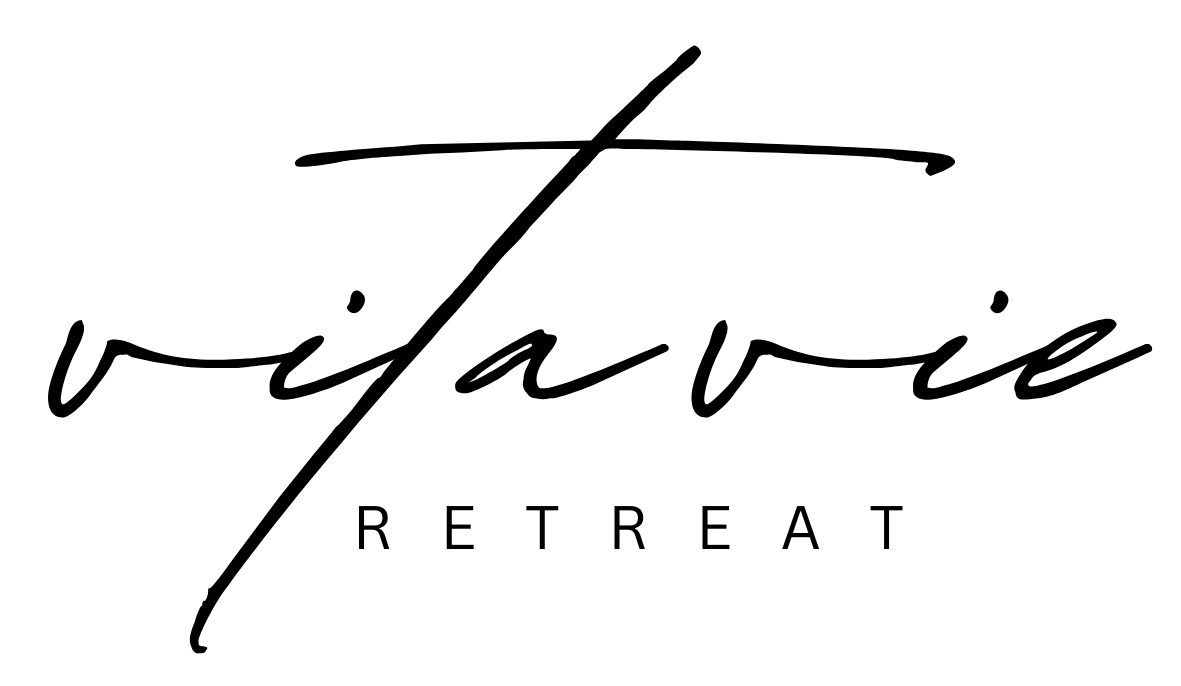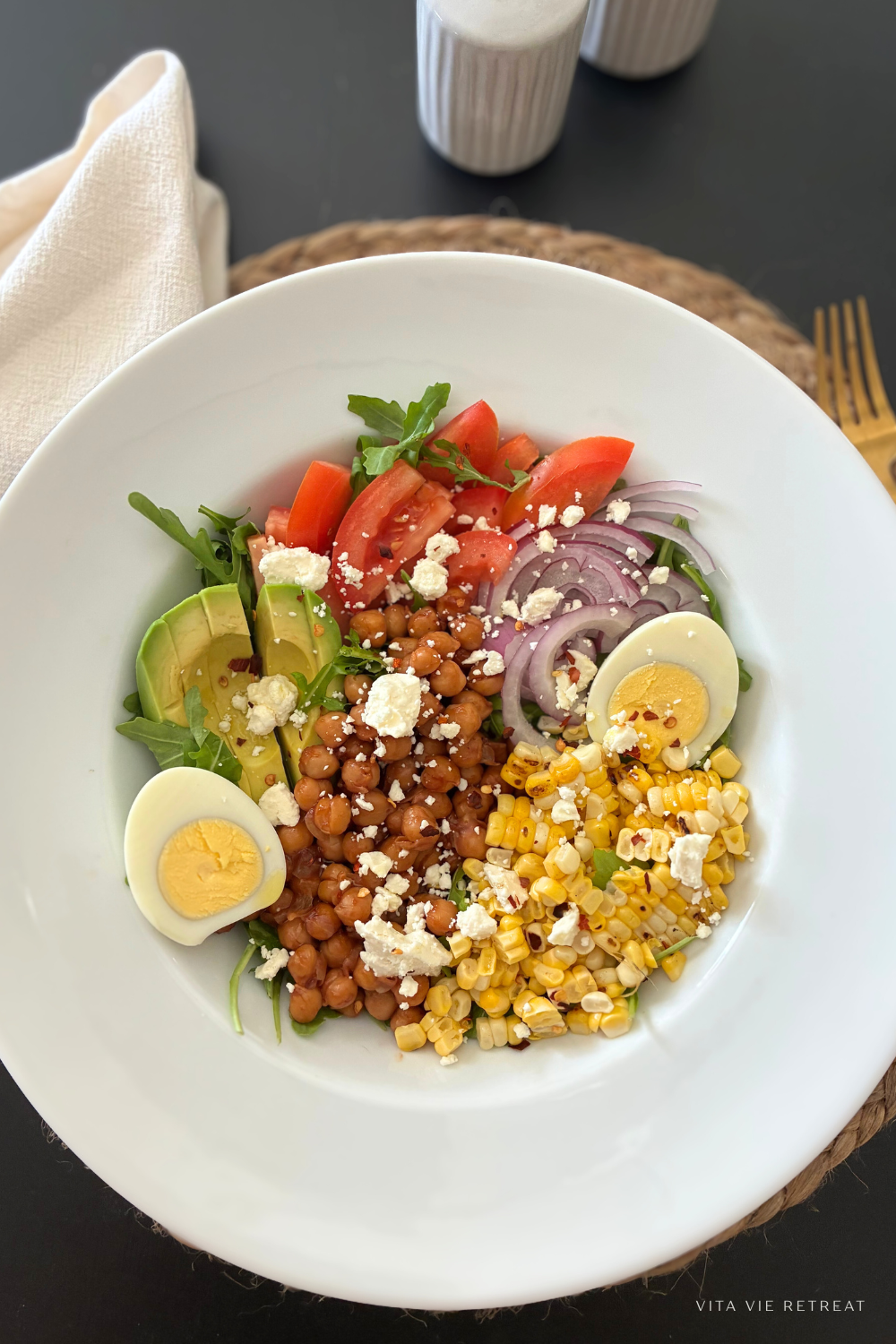Biofeedback: Reading Your Body's Cues
/Understanding Biofeedback: Listening to Your Body’s Signals
Biofeedback is a fascinating tool that empowers individuals to better understand their bodies. As paraphrased from Merriam-Webster, biofeedback is the technique of making unconscious or involuntary bodily processes perceptible to the senses.
In essence, it’s the process of tuning into the signals your body sends and interpreting those signals to make informed decisions about your health and well-being.
Why Is Biofeedback Important?
Biofeedback can serve as a powerful tool for personalized wellness. It provides insights into what works—and what doesn’t—for your unique body. Since we all differ in physiology, psychology, preferences, and lifestyles, listening to your body’s cues is essential. By observing these cues, you can adapt your habits to better support your health.
For example, if you enjoy eating apples but experience digestive discomfort each time you eat them, it’s worth paying attention to that pattern. Similarly, if scrolling through your phone before bed disrupts your sleep, it might be time to reassess your pre-bedtime routine. By tuning into these signals, you can make meaningful changes that improve your overall well-being.
Breaking Down Biofeedback
To simplify the process, we’ll explore biofeedback through four key categories: food, fitness, rest, and renewal (stress management). Each category offers opportunities to slow down, observe, and interpret the signals your body is sending. While the following suggestions are starting points, they may need to be tailored to suit your unique needs and lifestyle.
Food
Simple Ways to Tune In:
Chew your food thoroughly and savor each bite.
Set your fork down between bites to eat mindfully.
Avoid distractions like phones or TV during meals.
Eat only when you feel hungry.
Pause before finishing your meal to assess if you’re still hungry.
Questions to Ask Yourself:
Does the food I eat allow me to feel and function at my best?
Do I notice any symptoms such as digestive discomfort, bloating, or fatigue after eating certain foods?
Which foods provide me with consistent energy between meals?
Am I satisfied yet not overly full after eating?
Fitness
Simple Ways to Tune In:
Pay attention to how your body feels during exercise. Is the movement comfortable, challenging, or painful?
Reflect on how your body feels after a workout. Are you energized, sore, or fatigued?
Assess whether your workouts address your physical needs, such as strength, flexibility, or balance.
Consider whether the activity aligns with your overall fitness goals.
Questions to Ask Yourself:
How does this exercise impact my hunger levels or mood?
Do I feel accomplished and less stressed after working out?
Am I adjusting my workout intensity based on how my body feels each day?
Does this movement support both my short- and long-term fitness goals?
Rest (Sleep)
Simple Ways to Tune In:
Evaluate how easily you fall asleep and whether you stay asleep throughout the night.
Assess how you feel upon waking. Do you feel rested and refreshed or tired and groggy?
Notice how your sleep quality impacts your energy and mental clarity during the day.
Questions to Ask Yourself:
Do I have a consistent sleep routine that supports quality rest?
What habits are helping or hindering my sleep?
Are there changes I could make to improve my current sleep patterns?
How does my bedtime routine impact my ability to unwind and fall asleep?
Renew (Stress Management)
Simple Ways to Tune In:
Observe how you react in stressful situations. Do you remain calm, or do you feel overwhelmed?
Identify the emotions that arise most frequently when you’re stressed.
Reflect on how resilient you feel after handling stress.
Note your go-to tools or habits for managing stress.
Questions to Ask Yourself:
Do I have effective strategies for dealing with stress?
What daily habits help me stay focused and grounded?
What does my support system look like, and how do I lean on it when needed?
Are there areas where I could improve my stress management skills?
Taking the Next Steps
Recognizing your body’s biofeedback is only the first step. The next involves transforming those signals into actionable insights. Keeping a journal or using a digital tracking system can help you identify patterns in your habits, allowing you to make meaningful changes. For instance:
Food Journaling: Track what you eat and how it makes you feel. Over time, you might discover that certain foods consistently energize you while others cause discomfort.
Workout Logs: Record your exercise routines and post-workout reflections. This can help you refine your fitness plan to align with your goals and needs.
Sleep Tracking: Monitor your sleep habits to uncover patterns affecting your rest and recovery.
Stress Diaries: Note your emotional responses to stressors and which coping strategies work best for you.
By approaching biofeedback with curiosity and consistency, you can create a personalized roadmap to better health and wellness. This journey is not about achieving perfection but about learning to listen to your body and adapting as needed. Ultimately, the more you tune in, the better equipped you’ll be to live in harmony with your body’s unique needs.
Keep Going: Your Next Steps
Want to dive deeper? Here are a few resources to keep the momentum going:
📌 Related Posts
✓ Done-for-You Guides & Tools
The High Protein Recipe Bundle → 150 delicious recipes
The Weight Loss Mindset → complete program - a reset for Mind + Metabolism
Oura Ring → Track sleep, activity, stress, metabolic health, heart health & more
Say Hello To A Different Approach To Weight Loss
Where mindset and metabolism work together to create change that actually lasts.
Includes:
Metabolism + The Health First Approach to Weight Loss
Mindset Matters + 3-I Framework
Biofeedback & The 4P’s: Customize for Your Body & Your Lifestyle
Mindful Eating: Tools & Strategies
Meal Plans & Recipes (over 650 recipes): Mediterranean, High Protein + Vegetarian Recipes + Meal Plans as well as Gut Health, Brain Health, Sugar Free + More
Mindset & Visualization Tools: Meditation Library for Weight Loss & Wellness, Journal Prompts & Reflections
12 Weeks of Guided Action Steps for Mind + Metabolism - Real change requires practice. You’re set up for success with a guided plan!
Get The Weight Loss Mindset Today!






















